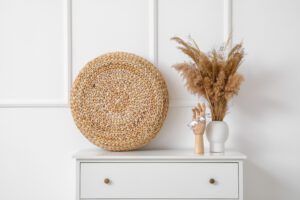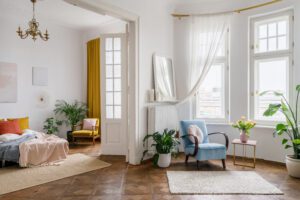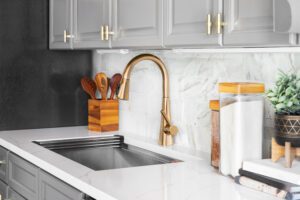All About Beadboard: The Perfect Panel for Cottage Charm
If the word “beadboard” doesn’t ring a bell, its classic appearance surely will. Beadboard is a decorative panel, traditionally made of wood, with grooves separating close-knit planks. Inside these grooves are the beads or ridges that give them their iconic look.
Beadboard is also practically unparalleled for adding character to every room in the house. Keep reading to learn how beadboard adds cottage charm to homes old and new.
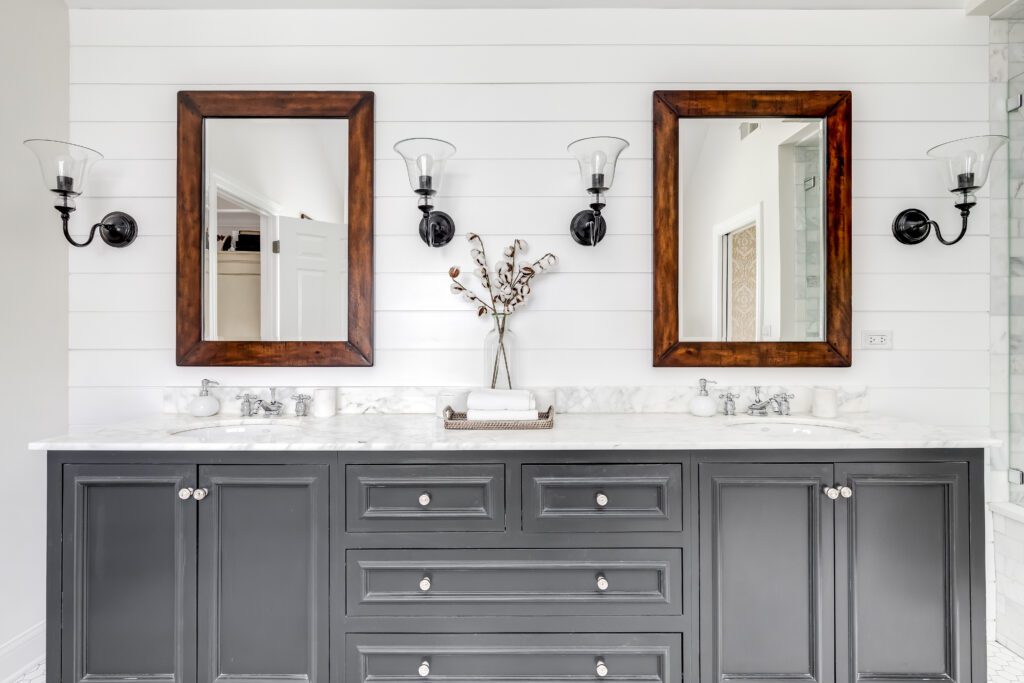
What is the difference between shiplap and beadboard?
It’s not uncommon to mistake shiplap for some beadboard, but they are distinctly different. Shiplap boards overlap or join. Beadboard panels feature those notorious ridges, usually spaced closer together than shiplap.
While beadboard can be installed horizontally, it’s usually oriented vertically. The often-broader planks of shiplap are almost always horizontal.
Style-wise, shiplap is more often associated with rustic and farmhouse styles. Beadboard is the top pick for cottage, vintage, and classic designs.
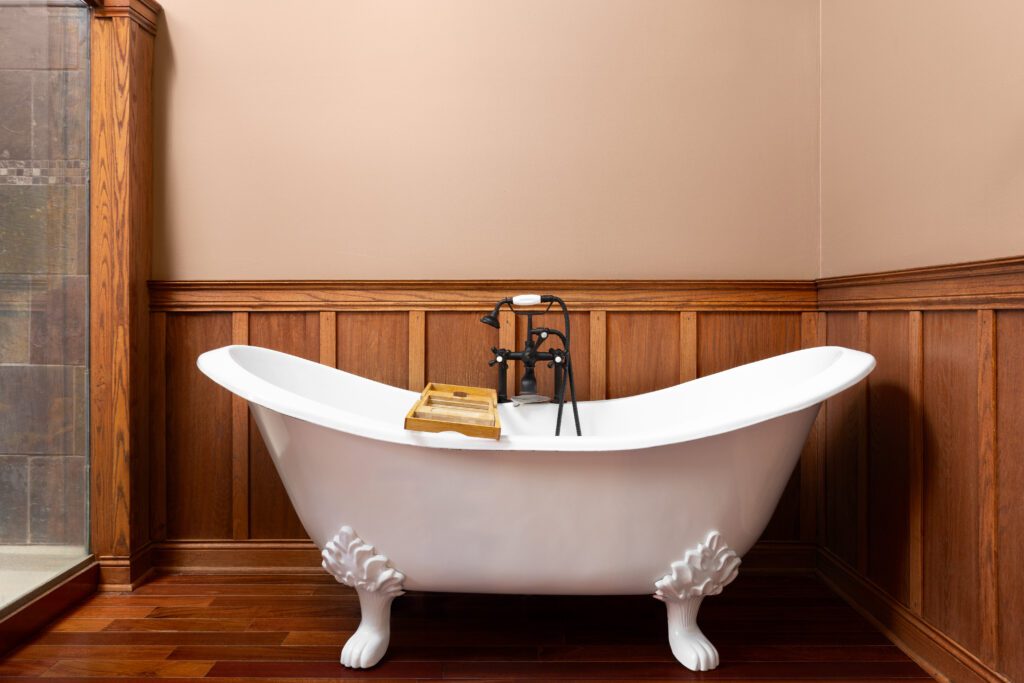
What about wainscoting? Is it the same as beadboard?
Wainscoting is a type of decorative panel. Therefore, beadboard is a type of wainscoting, but not all wainscoting is beadboard. The example above shows shaker-style wood wainscoting in a historic bathroom.
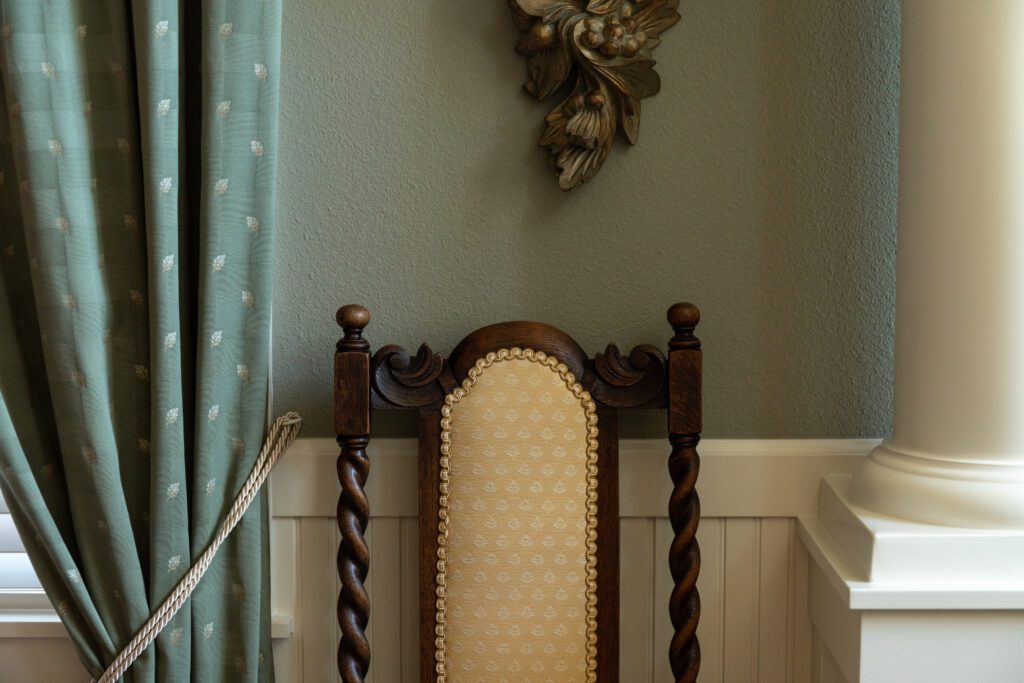
Are there different types of beadboard?
Yes, usually characterized by the spacing or shape of the grooves and beads. Tongue and groove beadboard is the most common in refurbished historic homes, and the most authentic to its popular eras. This design creates the best join, with the tongue interlocking into the groove.
There’s also:
- Random bead (varied spacing for interest)
- Butterfly bead (decorative, double-groove design)
- Cove bead (no raised bead, curved groove)
Today, beadboard doesn’t have to be wood installed plank by plank. PVC panels of beadboard-style texture are budget-friendly, easy to find, and easier to install.
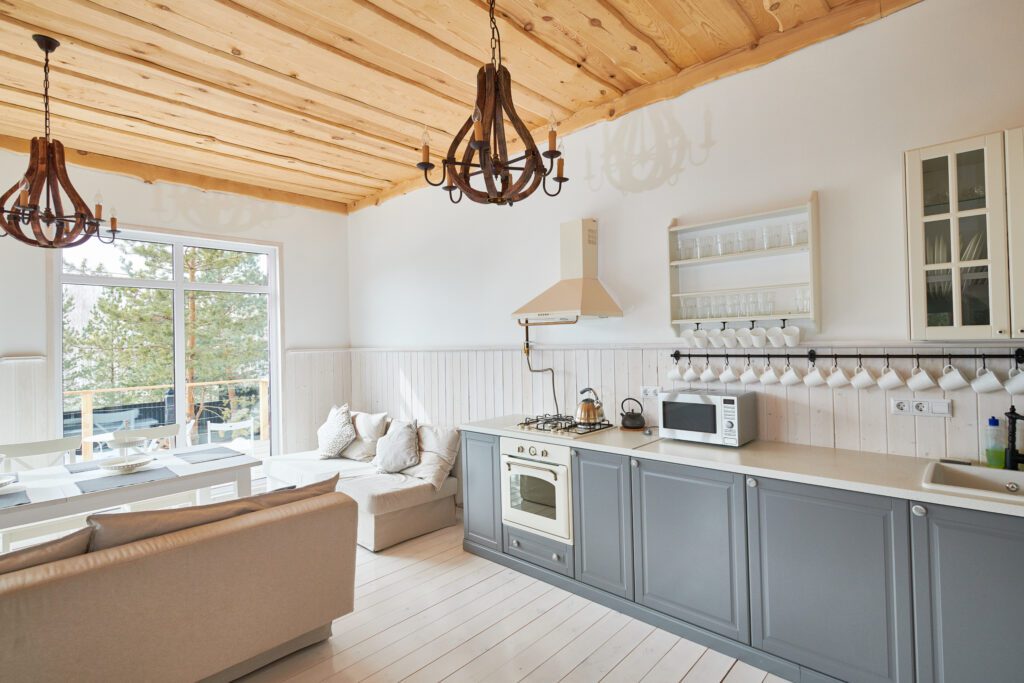
Beadboard adds texture to cottage kitchens
The pale washes and natural light characteristic of cottage kitchens add joy and airiness. We use texture to draw the mood closer to the heart, making it charming and inviting.
Beadboard wainscoting is a classic, reliable way to achieve this look. It’s also the perfect platform for the secondary color in your design palette.
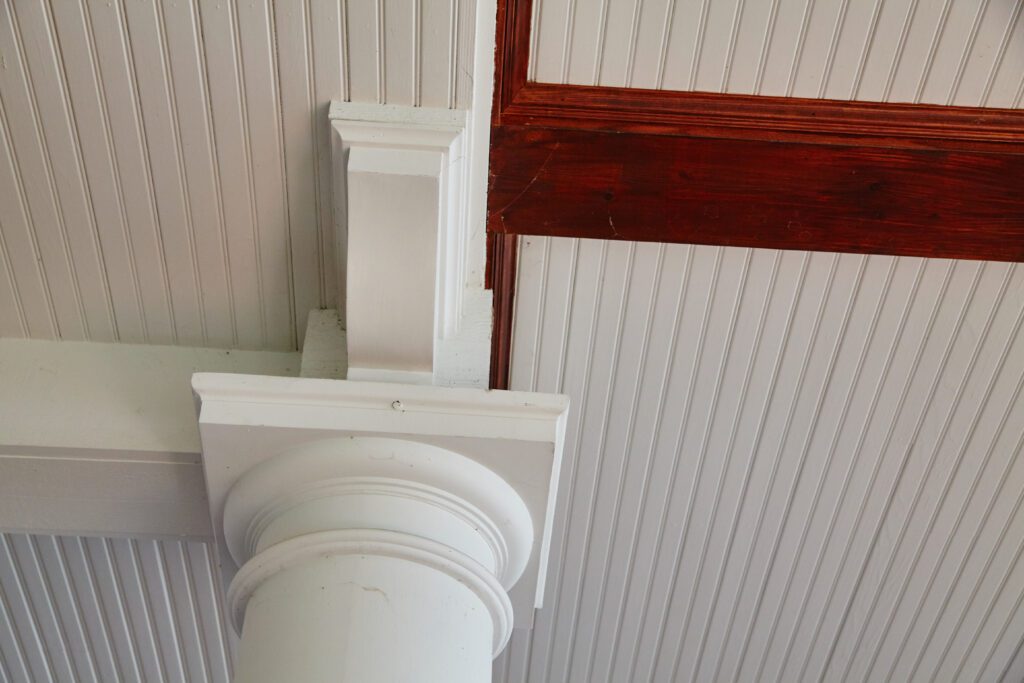
Interesting ceilings that mask imperfections
Beadboard adds historic levels of charm to ceilings. Many homeowners find beadboard’s brand of texture much more pleasing than sand or popcorn-textured ceilings.
In bygone eras, these panels were often put in place to conceal imperfections like stains or cracks. A very clever solution for hiding damage after fixing an old leaky roof.
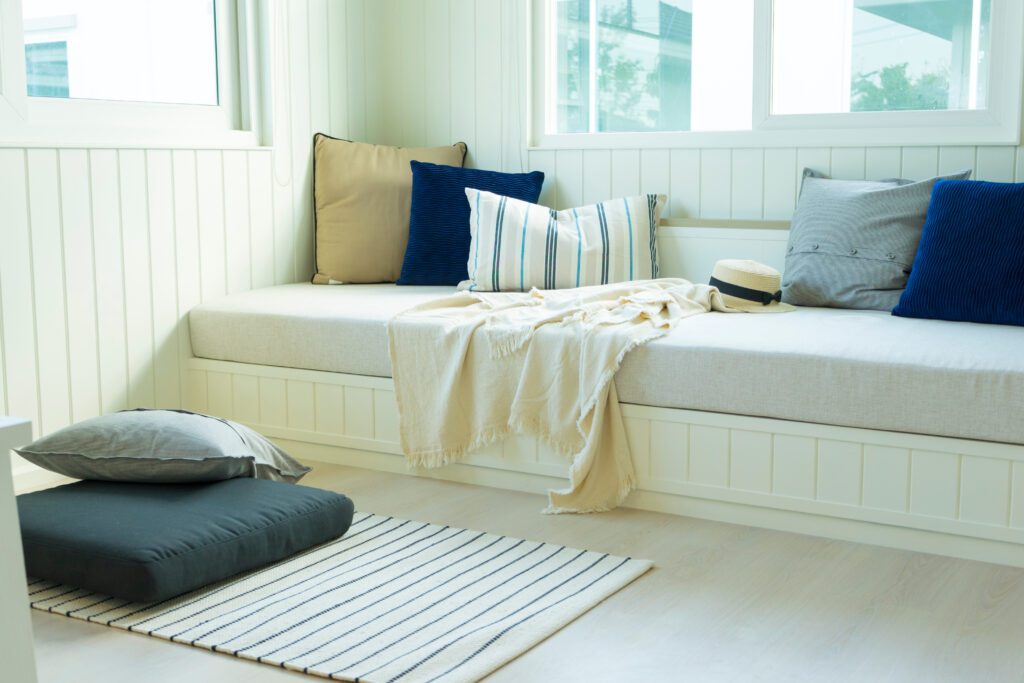
Ideal for decking out nooks and window seats
Beadboard can easily take on an easygoing and inviting vibe in close spaces. Break up the monotony of drywall with gentle grooves along reading nooks, window seats, and other cozy alcoves.
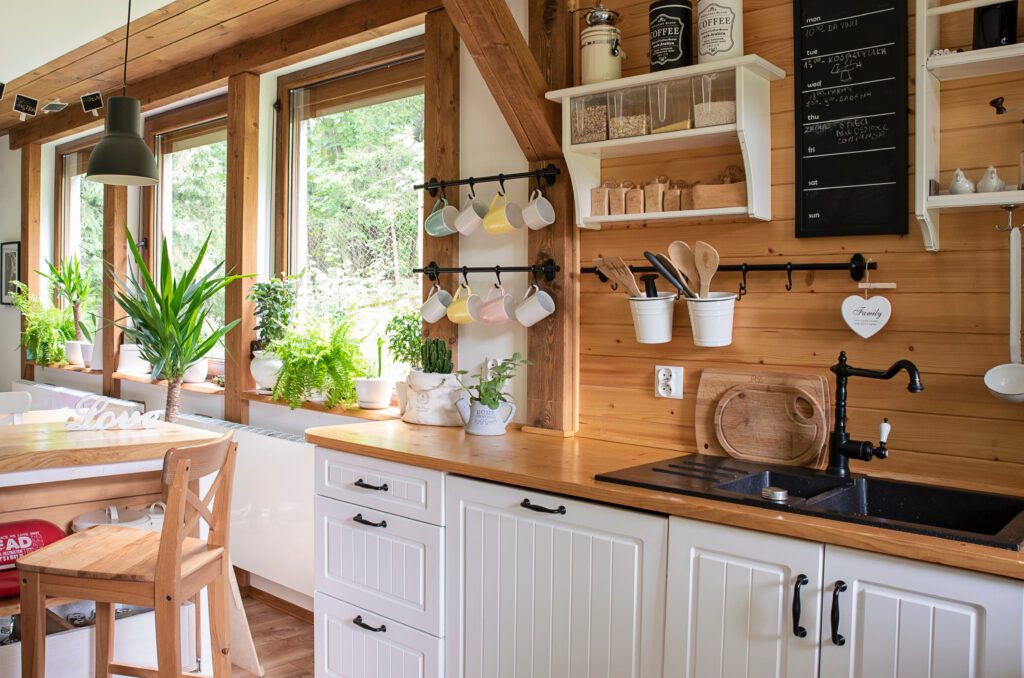
Cozier cabinets and islands with beadboard
Cottage kitchens aren’t restricted to using beadboard wainscoting under a chair rail. Islands, cabinets, and even exhaust hoods can be covered with this timeless, customizable paneling.
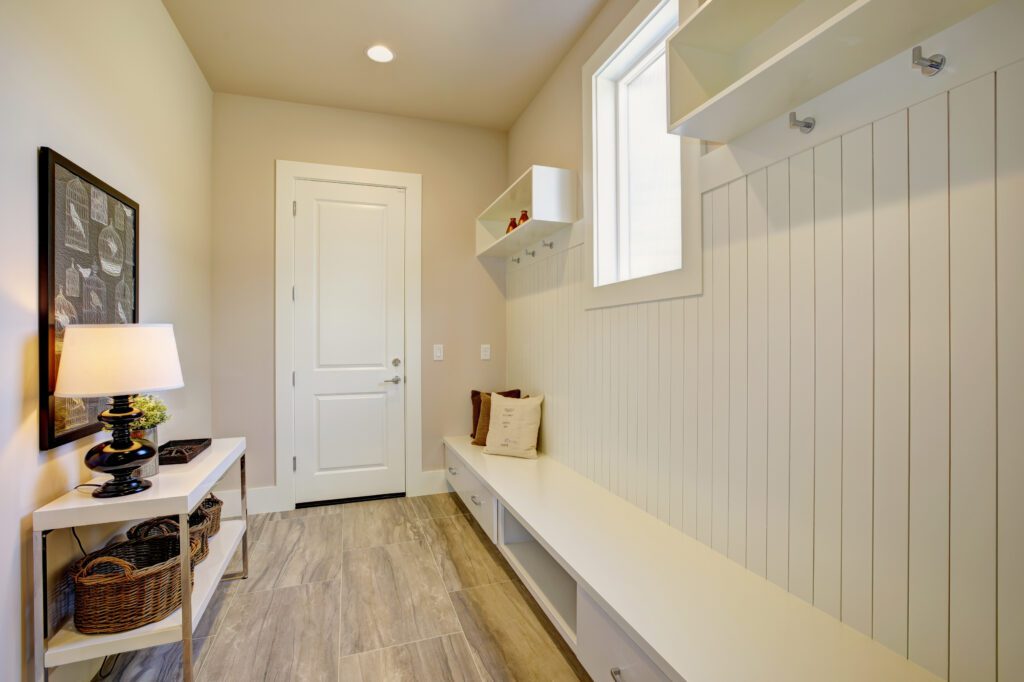
Personalize and add perspective to entryways
A blank expanse might normally be decorated with a gallery wall. Beadboard adds dimension and perspective in support of a more interesting and functional space.
Add its decorative touch to mudroom organization, foyers, and entryways. It becomes a decorative architectural feature with a greater purpose than first-impression charm.
Keep dreaming with inspiration from The Designery
Looking for more ways to merge styles, up the charm, add modern convenience, and preserve personality? The Designery has all the inspiration you need. Book a free consultation with a professional designer, and check out more helpful resources:
- Learn how to add vintage character to a builder-grade kitchen
- Find out how modern upgrades integrate seamlessly into older homes
Get advice for remodeling historic homes without sacrificing charming details
